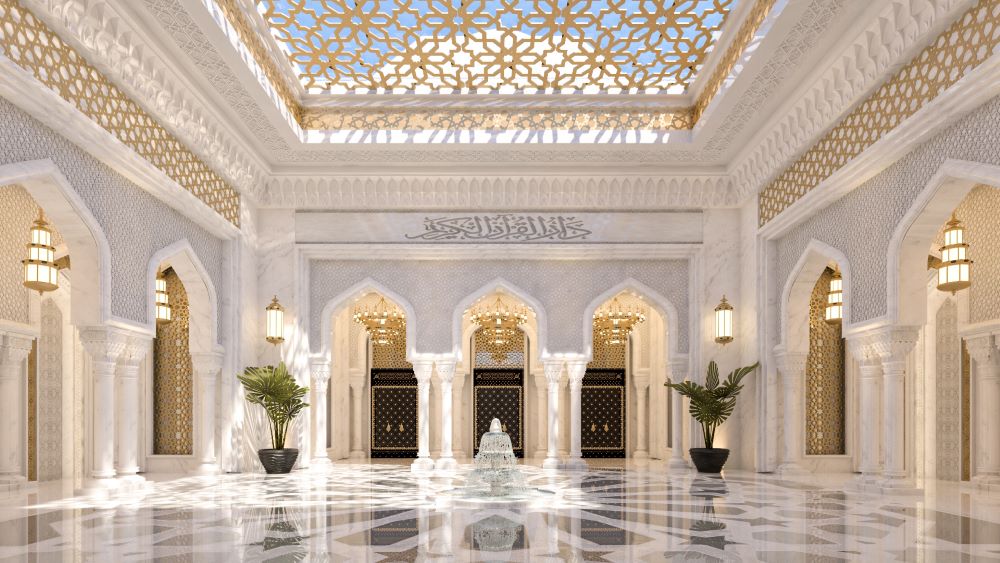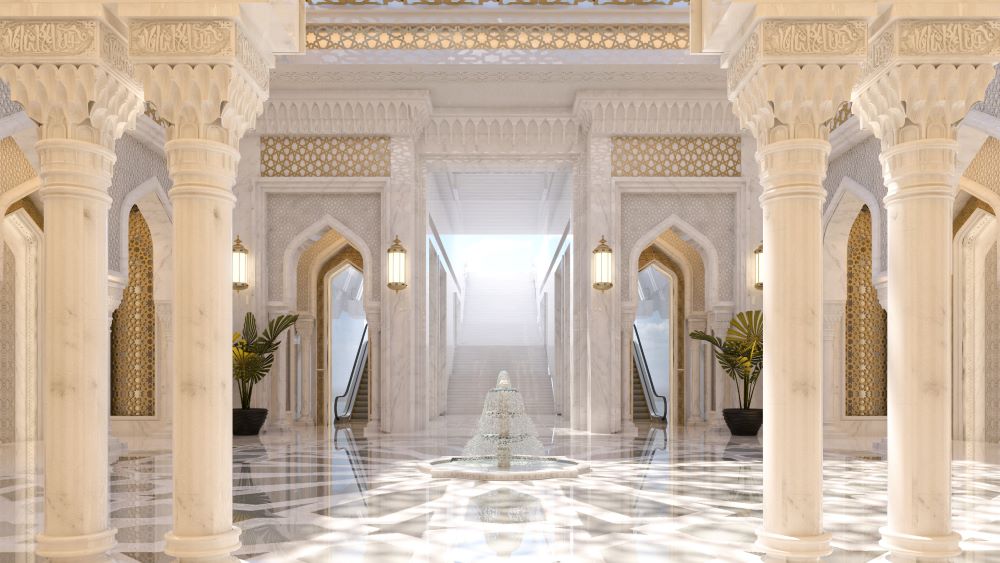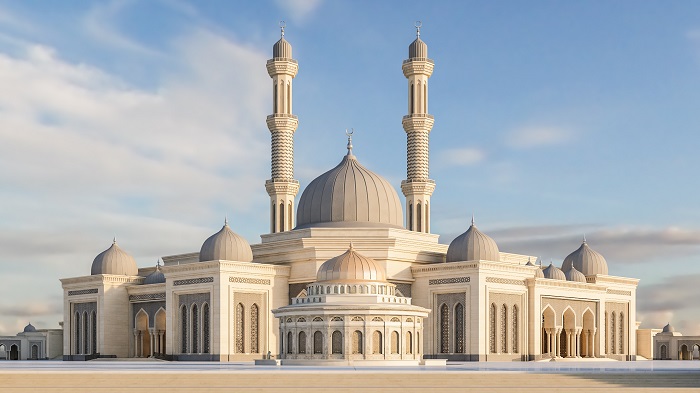QURAN KAREEM MUSEUM NEW CAPITAL, EGYPT
QURAN KAREEM MUSEUM
NEW CAPITAL, EGYPT


The interior of the museum halls are in Islamic style, becoming a dramatic and awe-inspiring place to admire. The patterned skylights allows daylight to filter into halls.


The idea of the museum depends on shedding light on the reasons for the transfer of the capital from one to another, and confirming that the change of the capital is rooted since ancient times, and that this change did not necessarily mean the abolition of the sovereign role of the former capital.


Exterior shot of Egypt mosque and the museum.

Adding an iconic design for the Islamic museum and mosque that will easily tie in with the urbanity of the site, and will interact with different directions of approaching points to it, from the main lower plaza and the back high road.
The museum is located in the administrative capital, Egypt. It was established next to the government district, to which ministerial portfolios will be transferred after the completion of its construction. It was designed according to the latest international standards using advanced technology, as the Engineering Authority of the Armed Forces took over the process of supervising its construction.
The scenario of the presentation is based on highlighting the administrative structure of the Egyptian country, starting from the capital, Memphis, all the way to the new administrative capital.
The museum consists of a main hall in which the antiquities of some of the capitals of ancient and modern Egypt are displayed.
The second level of the museum is behind the statue of King Ramses II. In this hall, a collection of various collections representing lifestyles of life in each historical era specific to each capital is displayed, such as adornments, tools of war and fighting, the system of government and various correspondences.
PROJECT OVERVIEW
PLOT: 35 FEDDAN
COST:2.5 BILLION
CLIENT: UNITED NATIONS
BUA: 70,000 SQM
YEAR:2021
SCOPE :
- FEASIBILITY STUDY.
- CONCEPTUAL DESIGN.
- SCHEMATIC DESIGN.
- DETAILED DESIGN.
- TENDER DOCUMENTS.
- CONSTRUCTION MANAGEMENT.
